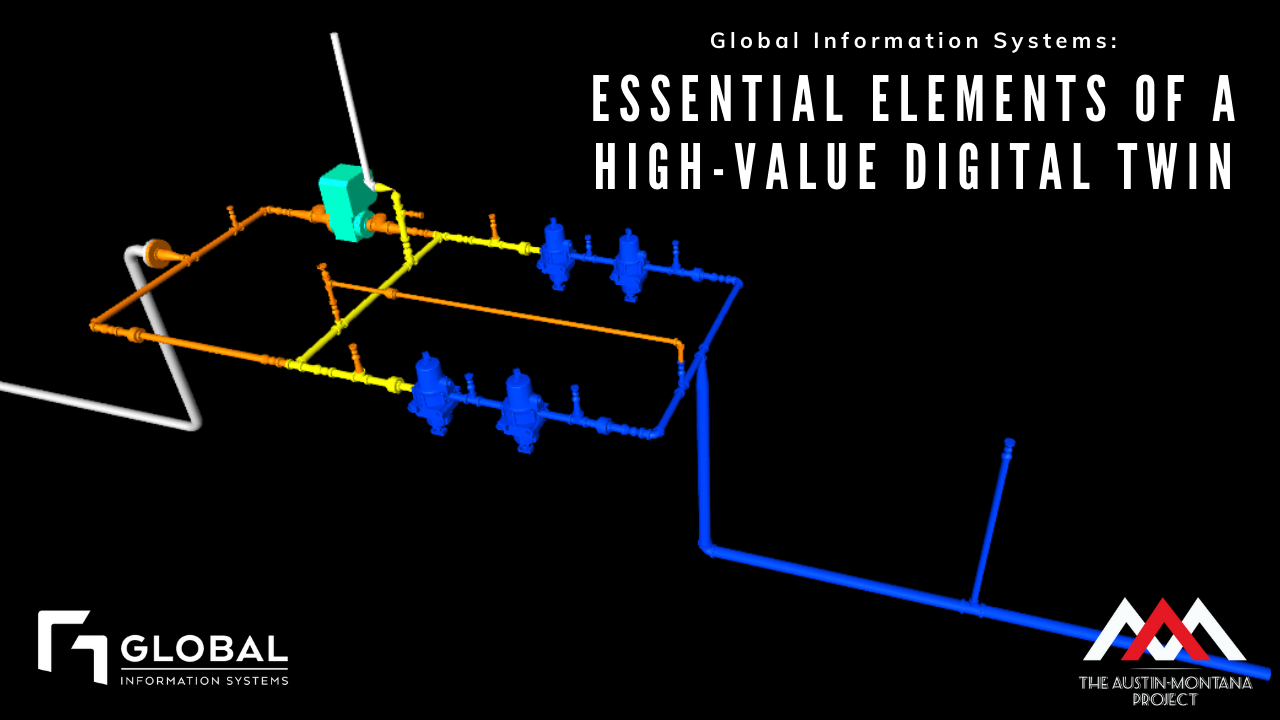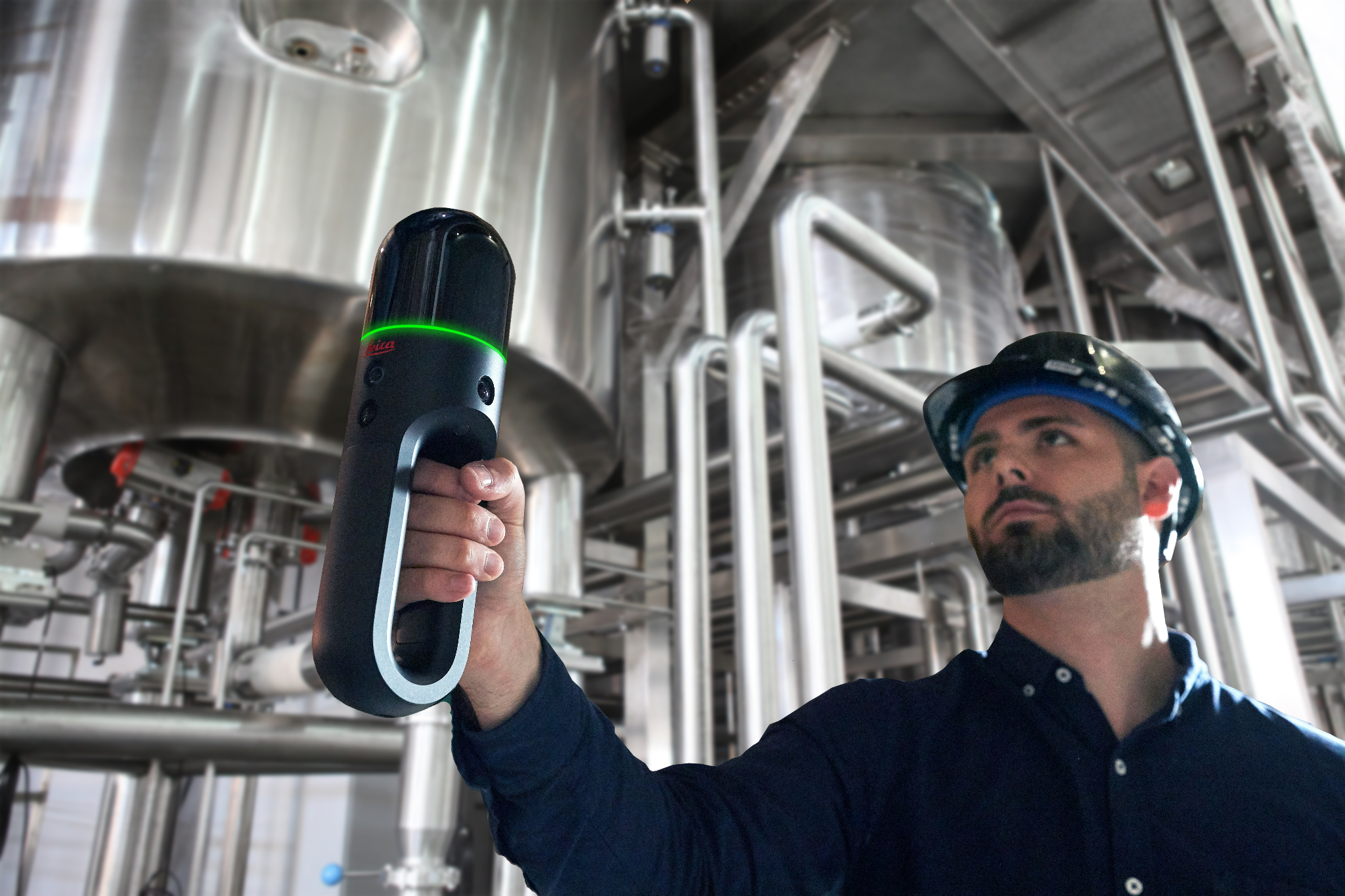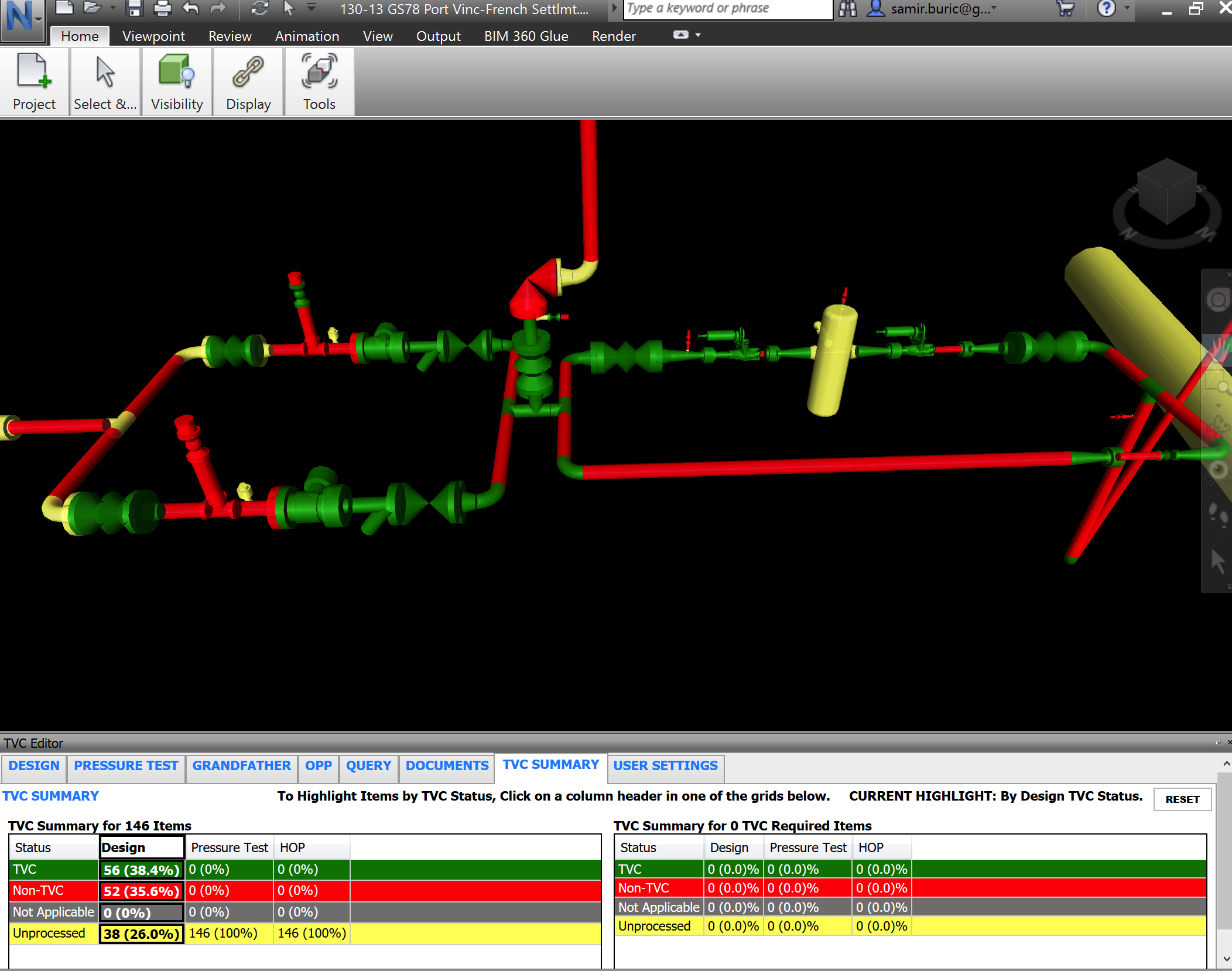Essential Elements Of A High-Value Digital Twin
on 12/07/2021 10:25 AM

Global Information Systems: Essential Elements of a High-Value Digital Twin
Global Information Systems was honored to be featured at the Operational Excellence in Oil and Gas Executive Summit on November 2nd-3rd in Houston, Texas. Global’s inclusion in this event was in partnership with Leica Geosystems. Leica has been revolutionizing the world of measurement and survey for over 200 years with precise, accurate instruments and sophisticated software for geospatial data production
The conversation took a deep dive on highlighting the role of reality capture in creating high-value digital twins of oil and gas assets as companies navigate the most strict compliance regulations in the history of energy production and transmission. With this in mind, Global Information Systems is at the forefront of providing technology solutions for data management and optimization in the changing landscape using Leica Geosystems’ tools to further innovate Global's data collection abilities.
Technology selection can have a critical impact on project efficiency and the value of the data collected. It’s important to realize that not all tech is created equal. At times, it may seem beneficial to perform and accumulate data in-house, however, if the tools and systems are not appropriate for the project you may be overcomplicating or underdelivering on the ability of the data. The true decision on whether or not to bring reality capture in-house has many factors to consider, including tools, software, staff, time, budget, needs and more.
3D Laser Scans
Laser scanning for reality capture is widely-recognized as one of the best ways to optimize safety efficiency and environmental responsibility in oil and gas operations. But how can asset owners utilize the data captured to improve the integrity and enterprise-wide knowledge base?
High-value 3D laser scans provide thousands of data points that can be used to recreate a digital twin of the specific asset. Utilizing a data management system and workflows, this data becomes accessible to stakeholders as needed and will drive information sharing to increase productivity.

Global has benefited from the use of various tools from Leica that have added the flexibility to meet the needs of the client without over-complicating the process or compromising quality.
For large-scale scans, Global began with the survey-grade Scan Station P-Series laser scanner from Leica. This was a huge leap from the 2D drawings and hand-measurements that were typically used prior to the innovation of 3D laser scanners. Now, in another huge leap, Global offers scanning services using the Leica BLK2GO, a handheld laser scanner that is used while walking through a space to detail the spatial data.

Both tools serve a unique purpose and provide accurate data in minutes. While the stationary scanner can provide the detailed scan of very large assets, the mobile scanner can quickly scan multiple small assets with ease. Additionally, there is a cost-savings associated with the mobile scanner due to the reduction in time and staff required to complete the scanning process.
Finding the tools to get the data is step one. From there the Global team uses the right mix of data management points to make your scan a reality capture tool.
Finding the Variables
If done properly and with the right software solution, the final product should be simple to use and seamlessly integrated into your enterprise workflows. The data should be accessible, interactive, and relevant across your operations.

How is that done and what does it help?
The data compiled is managed in a system that allows users to interact with the data, run queries within a specific asset or across all managed assets, generate reports, use the data to make informed decisions and more. Utilizing the data, an engineer and an integrity project manager can evaluate the timing for maintenance, and the internal records team can audit all the TVC compliant data.
Harnessing the power of the data, business leaders can ensure assets are operating as designed, make maintenance decisions, allocate resources, forecast needs and budgets, and so much more - all while ensuring compliance with operating and records requirements. Truly there is no better way to achieve regulatory compliance and operational value than with digital asset management based on reality capture.